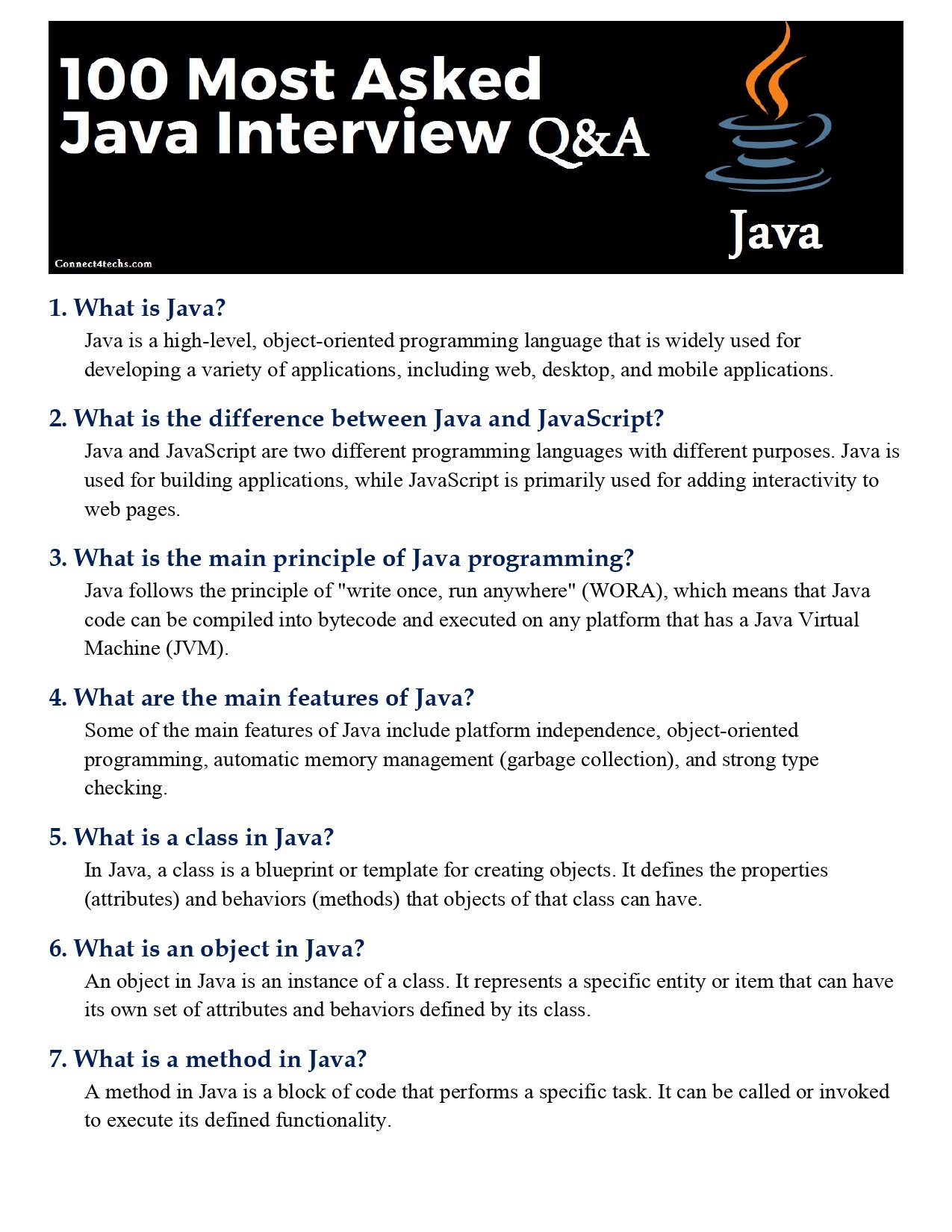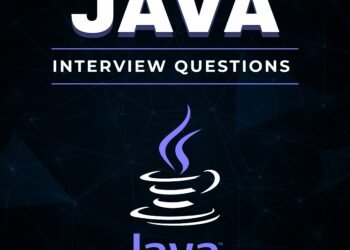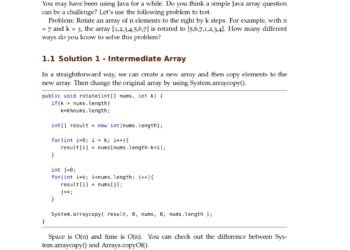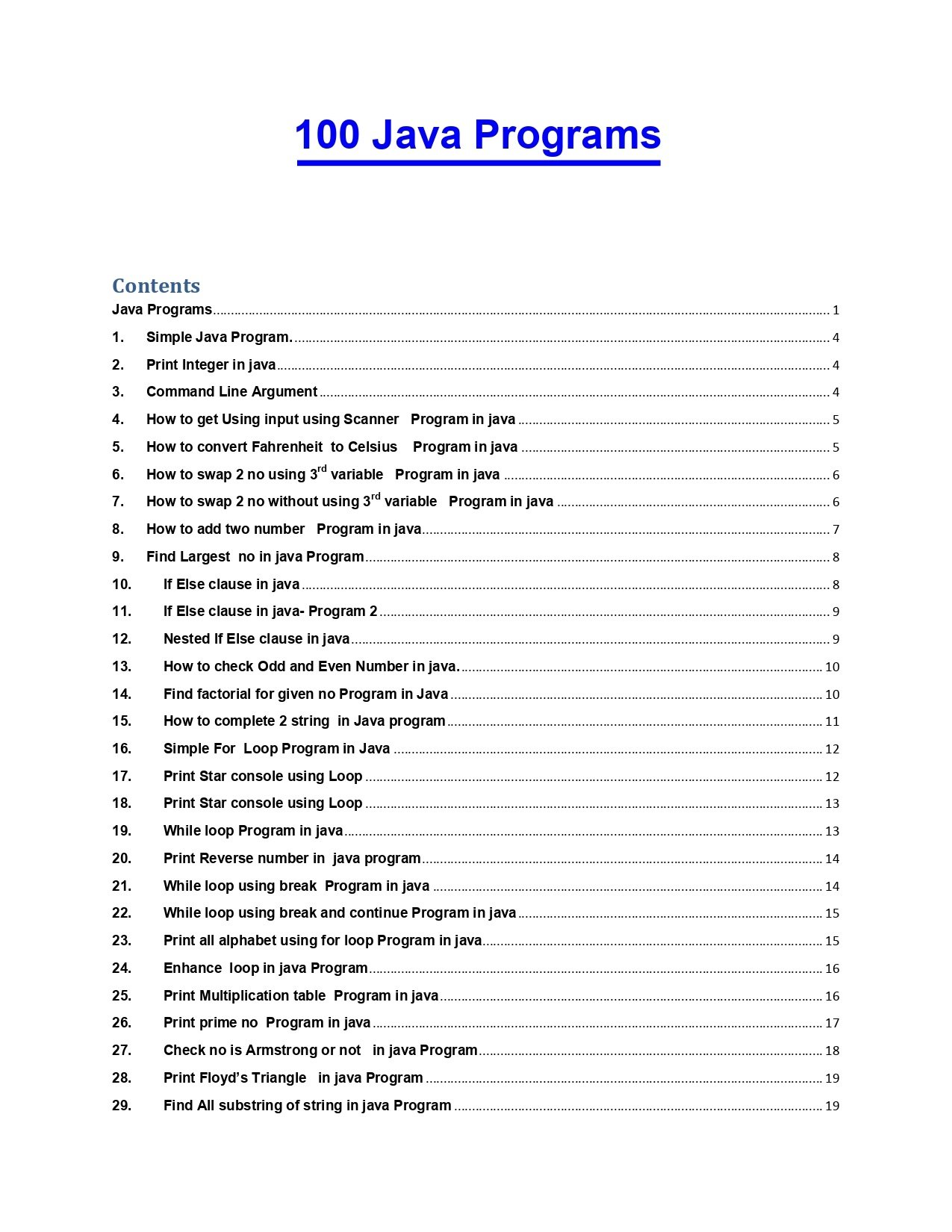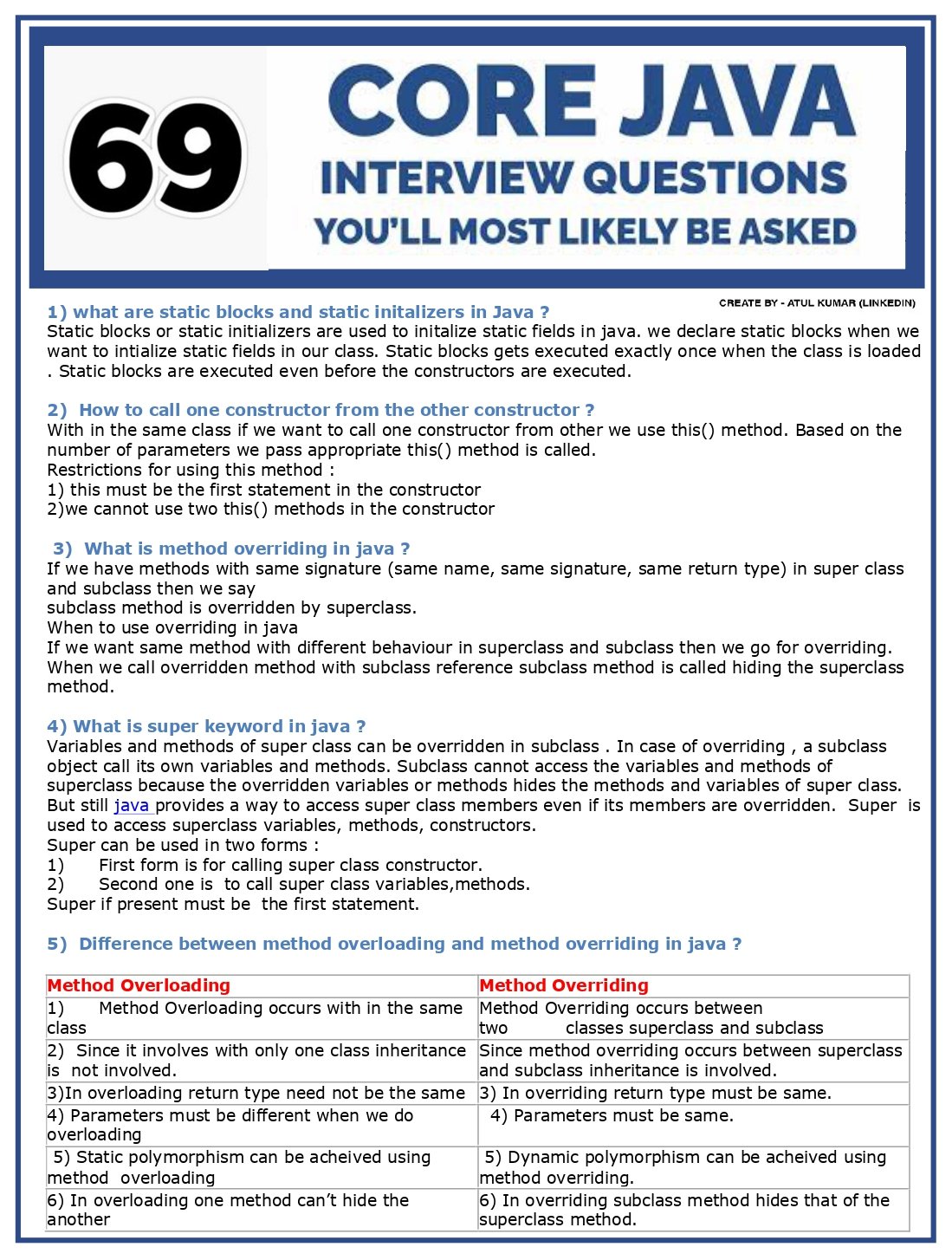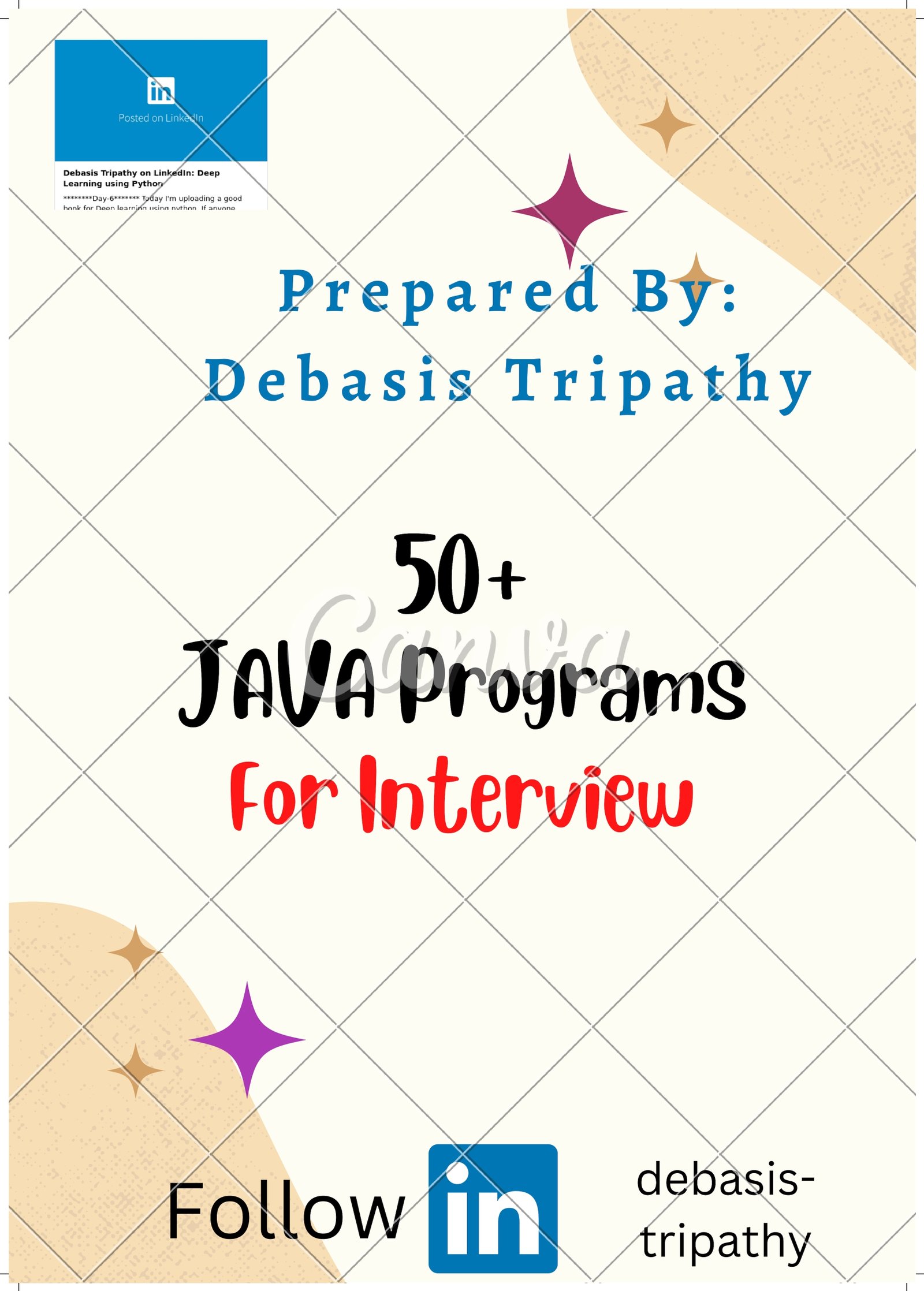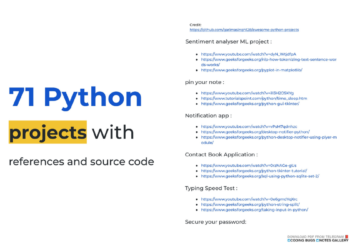Java is one of the most popular and widely used programming languages in the world. It is a general-purpose, object-oriented, and platform-independent language that can run on any device that supports the Java Virtual Machine (JVM). Java is also known for its rich set of features, such as inheritance, polymorphism, abstraction, encapsulation, exception handling, concurrency, generics, lambda expressions, streams, and many more.
If you are interested in learning Java or want to refresh your knowledge, you might be looking for some good resources to help you. In this blog post, I will introduce you to a PDF document that contains a comprehensive and concise introduction to Java, covering the basic concepts, syntax, data structures, control structures, classes, objects, interfaces, inheritance, polymorphism, and more.
Overview about the Notes
The PDF document that I am going to share with you is called “Introduction to Java”. The document is based on the lectures and slides of the course “CS201: Introduction to Programming” that he taught at the university.
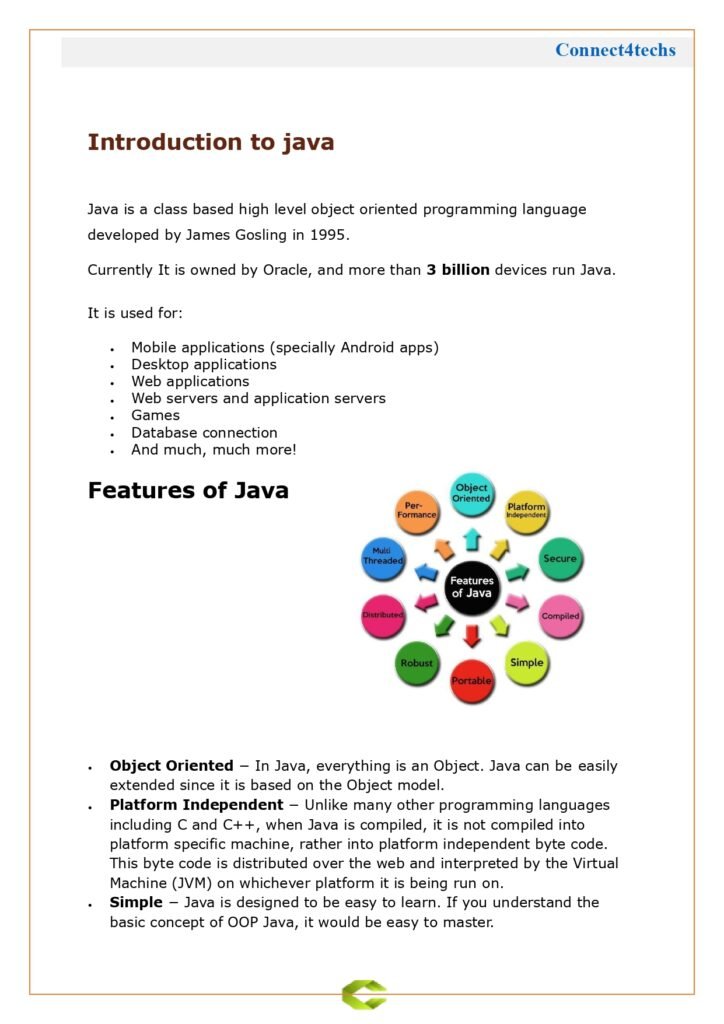

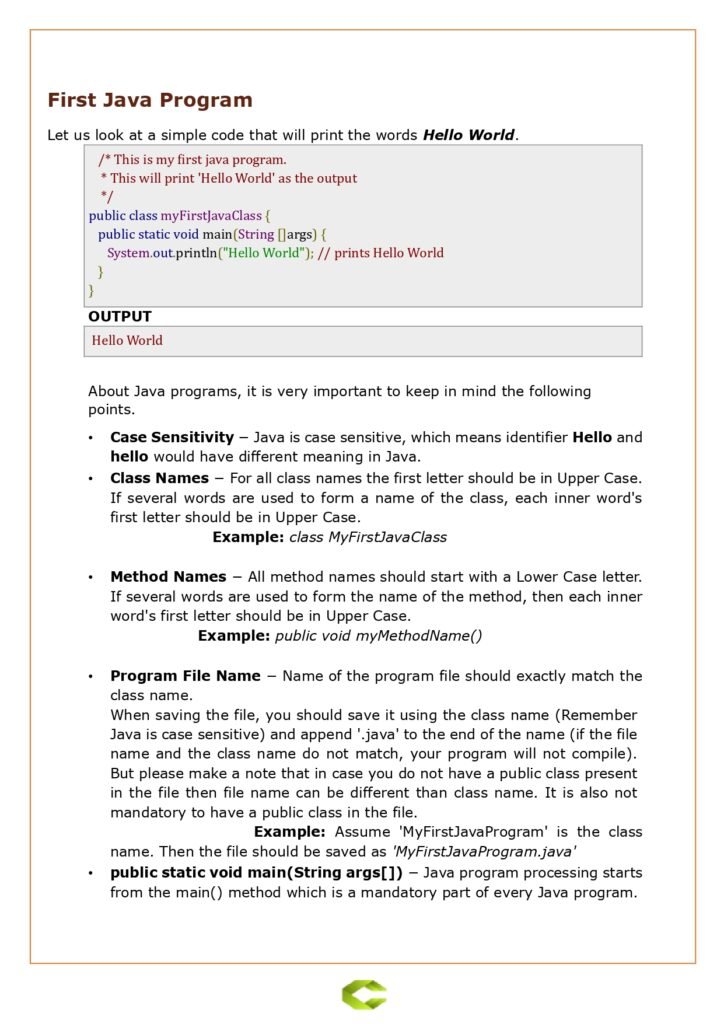
Each chapter contains a clear and concise explanation of the concepts, examples of code, exercises, and solutions. The document also contains a glossary of terms, a list of references, and an index.
The Content of the Notes
The document covers the essential topics that you need to know to start programming in Java. It assumes that you have some basic knowledge of programming, such as variables, data types, operators, expressions, statements, and functions. However, it does not require any prior knowledge of Java or object-oriented programming.
The document starts with an introduction to Java, where it explains the history, features, advantages, and disadvantages of the language. It also explains how to install and run Java on your computer, how to write and compile a simple Java program, and how to use an integrated development environment (IDE) such as Eclipse.
The document then moves on to the data types, variables, and constants in Java, where it explains the difference between primitive and reference types, how to declare and initialize variables and constants, how to use literals and identifiers, and how to perform type conversion and casting.
The document also covers the operators and expressions in Java, where it explains the precedence and associativity of operators, how to use arithmetic, relational, logical, bitwise, and assignment operators, how to use increment and decrement operators, and how to use conditional and ternary operators.
Why This Notes
This PDF document is a great resource for anyone who wants to learn Java or refresh their knowledge. It is written by an experienced and qualified professor who has taught the course for many years. It is based on the latest version of Java and follows the best practices and standards of the language. It is comprehensive and concise, covering all the essential topics in a clear and easy way. It is also interactive and engaging, providing examples, exercises, and solutions to help you practice and test your knowledge. It is also free and accessible, available for download from the link below.
Conclusion
Java is a powerful and versatile programming language that can be used for various purposes and applications. It is also a popular and widely used language that has a large and active community of developers and learners. If you want to learn Java or improve your skills, you should definitely check out this PDF document that contains a complete and comprehensive introduction to Java. It will help you understand the basic concepts, syntax, data structures, control structures, classes, objects, interfaces, inheritance, polymorphism, and more. It will also help you write and run your own Java programs and explore the possibilities of the language.
Download from Link
You can download the PDF document “Introduction to Java” from this link: [Introduction to Java (PDF)].
I hope you find it useful and enjoyable. Happy learning! 😊



